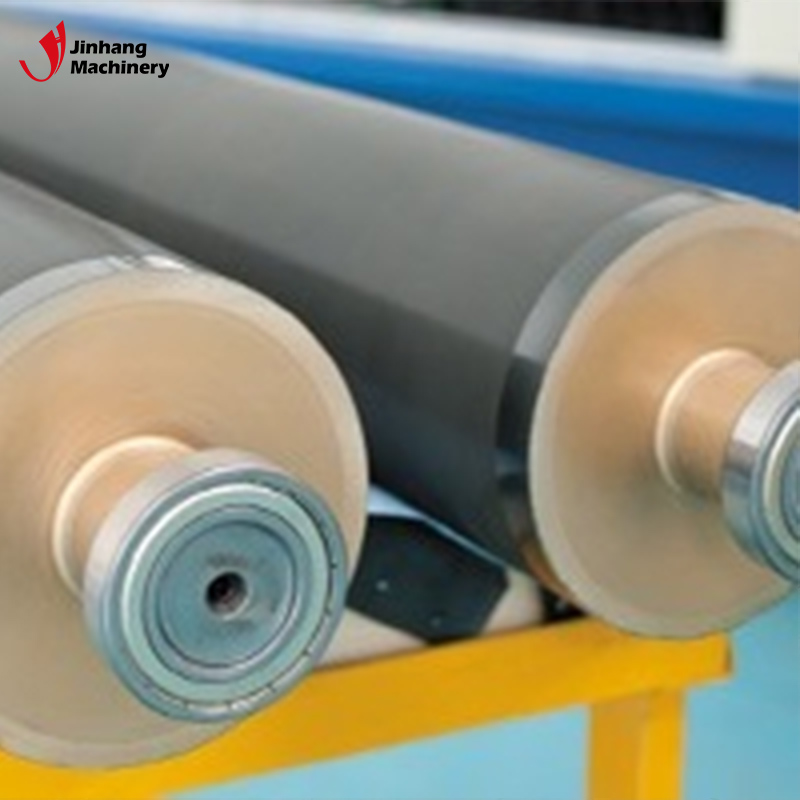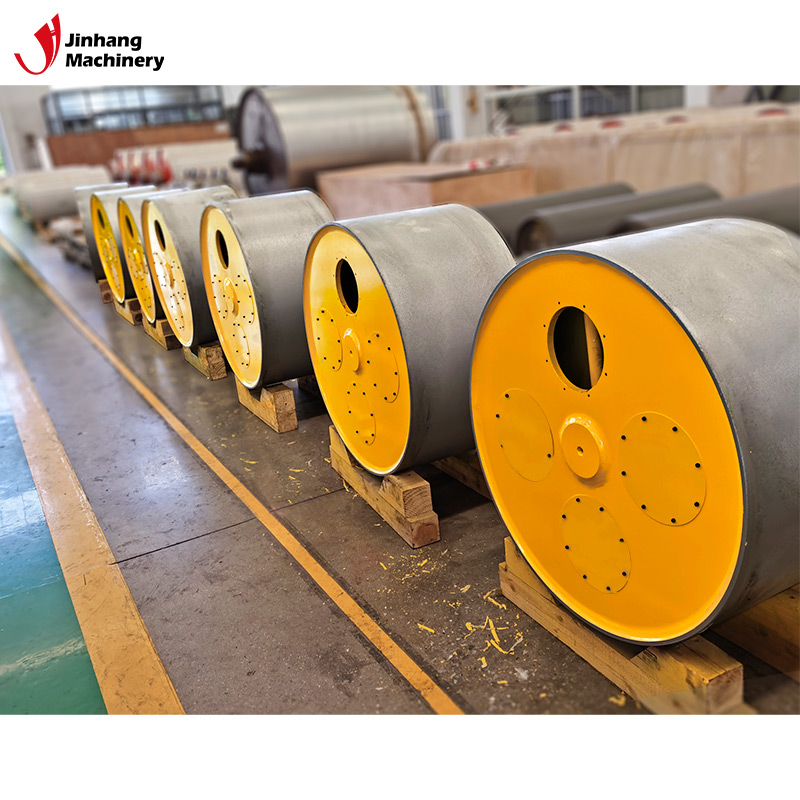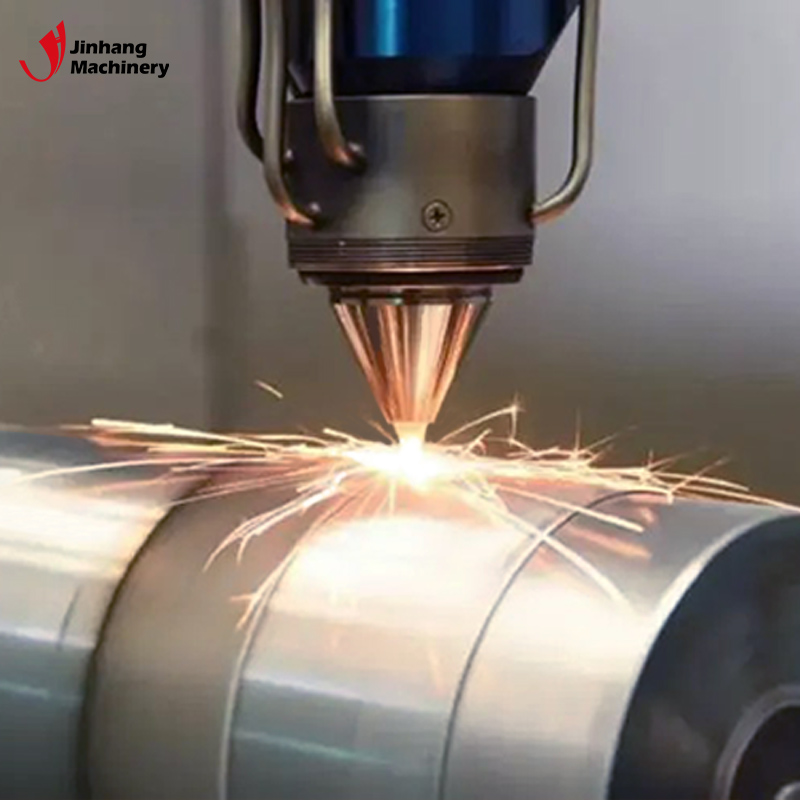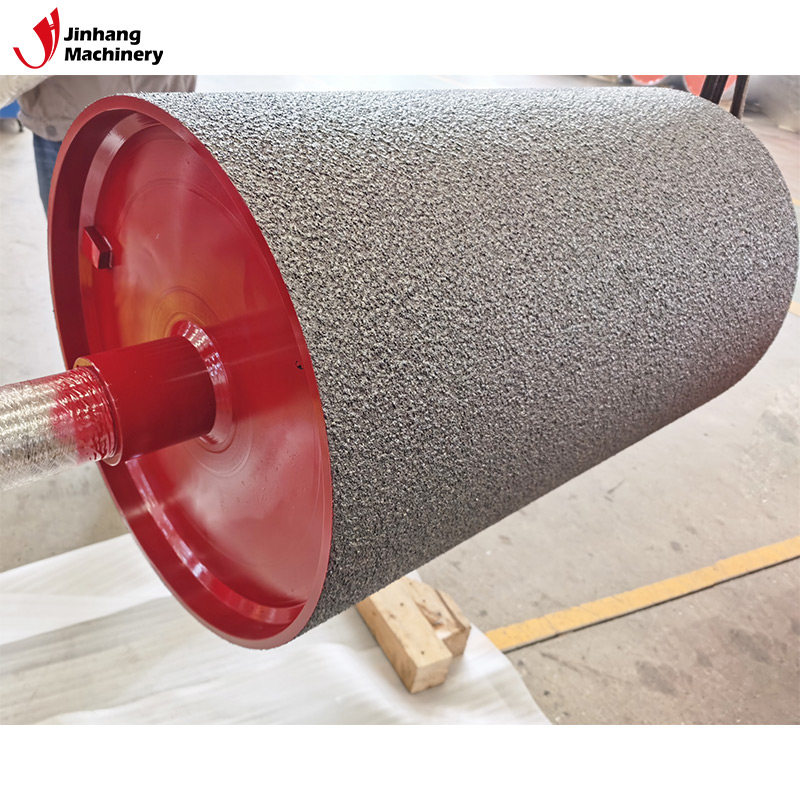How to detect the porosity and thickness of ceramic anilox roller?
Ceramic anilox roller is a key component commonly used in the printing industry, especially in flexographic printing and offset printing, where ceramic anilox roller is widely used for its wear resistance and excellent ink transfer performance. The surface of this roller has a unique reticulated structure that can evenly transfer ink to the printing material. The performance of the ceramic anilox roller directly affects the quality and efficiency of printing, so accurately measuring its porosity and thickness is a key step to ensure its normal operation during the printing process.
This article will explore how to detect the porosity and thickness of ceramic anilox roller, analyze the principles and applications of various detection methods, and explore how to make reasonable decisions based on the test results in actual production to ensure the smooth progress of the production process.

The importance of porosity and thickness of ceramic anilox roller
1. The importance of porosity
The porosity of ceramic anilox roller refers to the ratio of the volume of its surface pores (ink storage tanks) to the overall volume. Porosity directly affects the storage, transfer and uniformity of ink, so it is an important factor in determining printing quality. A ceramic anilox roller with too low porosity may result in insufficient ink transfer, while a high porosity may result in excessive ink, causing over-printing or ink overflow. Appropriate porosity can ensure stable ink transfer and make the printing effect more uniform.
2. Importance of thickness
The thickness of a ceramic anilox roller usually refers to the thickness of its ceramic layer. The thickness of the ceramic layer directly affects the durability and service life of the roller. A thicker ceramic layer can improve the wear resistance of the roller and extend its service life, especially under high-load working conditions. However, an overly thick ceramic layer may increase the weight of the ceramic anilox roller and reduce working efficiency. Therefore, its thickness needs to be precisely controlled to ensure the performance of the roller.

How to detect the porosity and thickness of a ceramic anilox roller?
1. Porosity detection method
1.1. Gas adsorption method
Gas adsorption method is a commonly used method for detecting the porosity of ceramic anilox rollers, especially for porosity analysis of porous materials. By measuring the amount of gas (such as nitrogen) adsorbed on the surface of ceramic anilox roller, its porosity can be calculated. The principle of gas adsorption method is based on Brunauer-Emmert theory (BET theory), which shows that when gas molecules are adsorbed on the pore surface, the amount of adsorption is closely related to the size and surface properties of the pores. By measuring the volume of adsorbed gas, the pore volume and porosity of ceramic anilox roller material can be inferred.
Advantages:
● It can provide very accurate porosity data.
● It is not significantly affected by the surface state of the sample.
Disadvantages:
● The equipment is relatively complex and the operation process is relatively cumbersome.
● The measurement time is long.
1.2. Liquid displacement method
The liquid displacement method calculates the porosity by injecting a liquid (such as water or an organic solvent) into the pores of the ceramic anilox roller and measuring the volume change of the liquid. This method takes advantage of the incompressible nature of liquid. When liquid is injected into the pores of the roller, its volume change can reflect the porosity of the ceramic anilox roller material.
Advantages:
● The operation is relatively simple.
● It can be carried out in an industrial environment.
Disadvantages:
● There are requirements for the pore size. Smaller pores may not be completely filled with liquid.
● It takes a long time to wait for the liquid to completely fill the pores.
1.3. X-ray tomography (CT scanning)
X-ray CT scanning is a non-destructive testing technology. By scanning the sample of ceramic anilox roller, a tomographic image of its internal structure is obtained. CT scanning can obtain detailed pore distribution and porosity data of ceramic anilox roller. By reconstructing the image in three dimensions, the size, shape and distribution of the pores can be accurately measured, and the porosity can be calculated.
Advantages:
● Accurate three-dimensional images can be obtained without destroying the sample.
● The morphology and distribution of the pores can be deeply analyzed.
Disadvantages:
● High cost and expensive equipment.
● Professionals are required to operate, and the scanning process is time-consuming.

1.4. Micro-section method
The micro-section method is to cut the ceramic anilox roller into small pieces, observe its cross section and measure the size and distribution of pores through a microscope. By counting the number and distribution of pores, the porosity of the ceramic layer can be inferred. This method is suitable for situations where the porosity requirement is not particularly high.
Advantages:
● Simple and easy, low cost.
● Suitable for small-scale sample testing in laboratory environments.
Disadvantages:
● Precise operation of the cut surface is required, and the results are greatly affected by human factors.
● Not suitable for large-scale sample testing.
2. Thickness detection method
2.1. Laser measurement method
The laser measurement method is a high-precision non-contact measurement method that uses a laser beam to scan the surface of the ceramic anilox roller to measure its thickness. The laser sensor can provide high-precision surface profile data and determine the thickness by calculating the change in laser reflection.
Advantages:
● High precision, suitable for micron-level thickness measurement.
● No need to contact the sample, avoiding possible surface damage during the measurement process.
Disadvantages:
● Requires high-precision equipment and high cost.
● Requires surface smoothness of the sample, and an uneven surface may affect the measurement accuracy.
2.2. Ultrasonic measurement method
The ultrasonic measurement method measures the thickness of the ceramic anilox roller by emitting high-frequency sound waves and analyzing their reflected waves. The ultrasonic wave velocity varies with different materials. By measuring the time of the reflected wave, the thickness of the ceramic layer can be inferred. This method is applicable to a variety of materials, especially in samples with thicker thickness.
Advantages:
● Non-contact measurement, no damage to the sample.
● Can be used for thickness detection of most materials.
Disadvantages:
● Requires professional equipment and technology.
● High requirements for surface smoothness.
2.3. Micrometer measurement method
The micrometer measurement method directly measures the thickness of the ceramic anilox roller through a precision measuring instrument (such as an electronic micrometer or depth gauge). This method is the most direct and common thickness detection method, suitable for measuring small and medium-sized samples.
Advantages:
● Easy to operate and low cost.
● Suitable for rapid detection of smaller samples.
Disadvantages:
● Requires contact with the sample, which may cause surface damage.
● Only suitable for small-scale detection and cannot meet the needs of large-scale industrial detection.

How to choose the right detection method?
The selection of the appropriate porosity and thickness detection method depends on many factors, including the detection accuracy requirements, the type and size of the ceramic anilox roller, and the available equipment. For high-precision occasions (such as high-end printing equipment), X-ray CT scanning or laser measurement is usually recommended. These methods can provide accurate and non-destructive test results and are suitable for complex pore structures and micron-level thickness measurements of ceramic anilox rollers.
For routine detection in daily production, simpler detection methods such as gas adsorption and liquid displacement can provide sufficient accuracy, and are easy to operate and low cost.
